Home>Gardening & Outdoor>Pool & Spa Care>Why Is There Foam In The Hot Tub
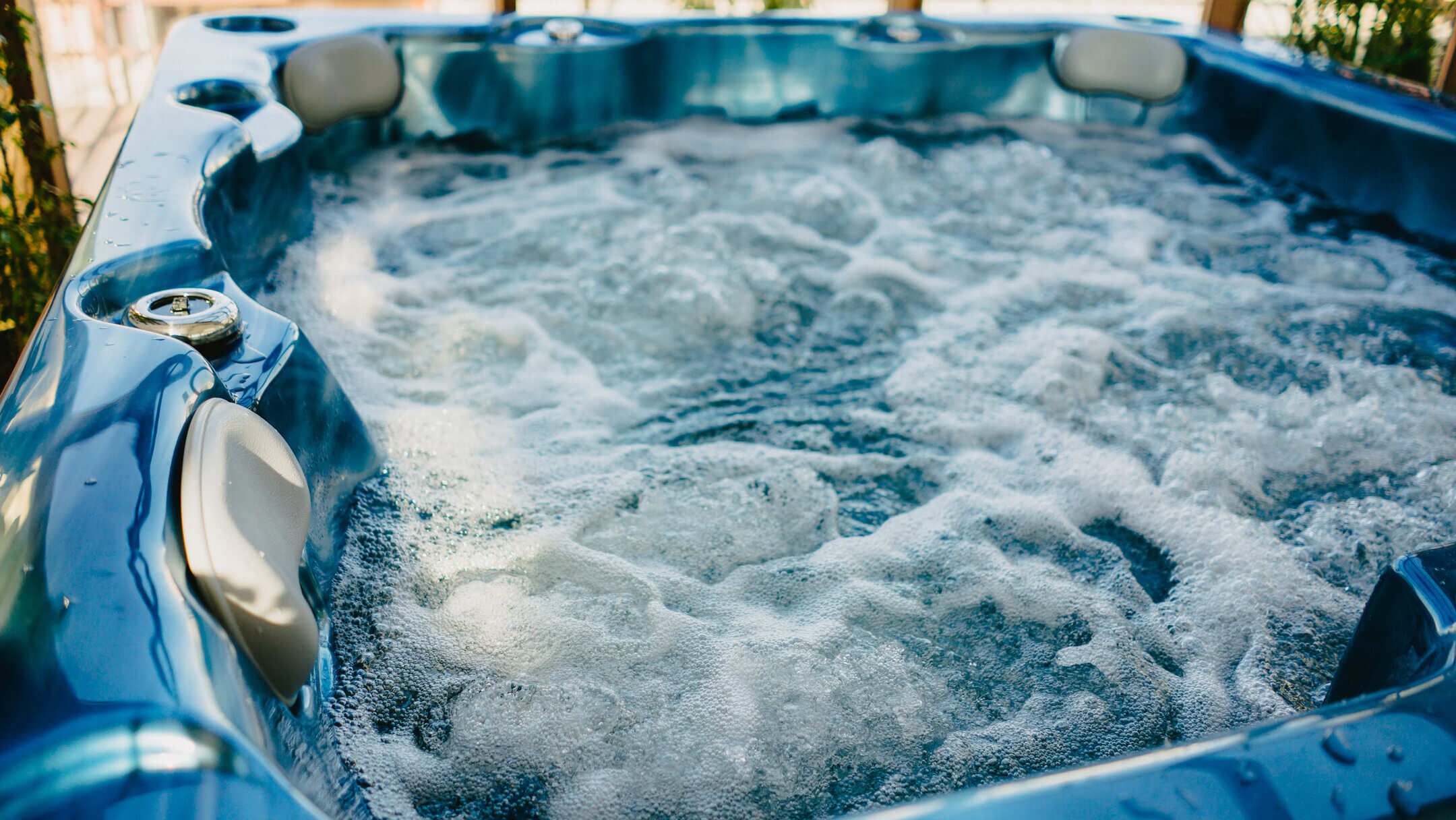

Pool & Spa Care
Why Is There Foam In The Hot Tub
Modified: August 23, 2024
Learn the causes of foam in your hot tub and how to prevent it with proper pool and spa care. Keep your hot tub clean and foam-free with our expert tips.
(Many of the links in this article redirect to a specific reviewed product. Your purchase of these products through affiliate links helps to generate commission for Storables.com, at no extra cost. Learn more)
**
Introduction
**
So, you're ready to unwind and enjoy a relaxing soak in your hot tub, but as you lift the cover, you're greeted by an unexpected sight – foam on the water's surface. While a bit of foam can be normal, excessive foaming can be a cause for concern. In this article, we'll delve into the reasons behind foam in hot tubs and explore effective ways to prevent it. Whether you're a seasoned hot tub owner or considering investing in one, understanding the factors contributing to foam will help you maintain a pristine and inviting spa environment. Let's dive in and uncover the secrets to keeping your hot tub water crystal clear and foam-free.
**
Key Takeaways:
- Keep your hot tub foam-free by regularly testing the water, maintaining proper chemical balance, and using defoaming agents to ensure a serene and inviting soaking experience.
- Prevent foam in your hot tub by encouraging bathers to rinse off, regularly cleaning filters, and scrubbing the waterline to maintain optimal water quality and clarity.
Read more: Why Is The Hot Tub Not Heating Up
What Causes Foam in Hot Tubs?
**
Before we can tackle the issue of foam in hot tubs, it’s crucial to understand the underlying causes. While a bit of foam can be a normal occurrence due to agitation from jets or soaps and lotions on the skin, excessive foam is often a sign of an underlying problem. Let’s explore the primary culprits behind foam in hot tubs:
- Chemical Imbalance:
- Residual Detergent:
- Organic Matter:
One of the most common reasons for foam in hot tubs is a chemical imbalance. When the water chemistry is not properly maintained, it can lead to a buildup of contaminants and impurities, resulting in foaming. High levels of organic compounds, combined with inadequate sanitizer levels, can create a breeding ground for foam-causing agents.
Another frequent contributor to foam in hot tubs is residual detergent from swimsuits, body wash, or laundry detergent. When these substances come into contact with the hot tub water, they can generate foam, especially when exposed to the agitation of the jets.
Organic matter, such as sweat, body oils, and cosmetics, can also play a role in foam formation. When bathers enter the hot tub without rinsing off these substances, they can introduce organic compounds that contribute to foam buildup.
By identifying these potential causes, hot tub owners can take proactive measures to address and prevent foam, ensuring a pristine and enjoyable soaking experience.
Chemical Imbalance
A chemical imbalance in a hot tub can lead to a host of water quality issues, including the formation of foam. When the water chemistry is not properly balanced, it creates an environment ripe for foam-causing agents to thrive. Here’s a closer look at how chemical imbalance contributes to foam in hot tubs:
High Levels of Organic Compounds:
When the sanitizer levels in the hot tub are inadequate, organic compounds such as body oils, sweat, and cosmetics can accumulate in the water. These organic contaminants, combined with insufficient sanitizer, create an ideal breeding ground for foam. Additionally, the presence of organic matter can diminish the effectiveness of the sanitizer, exacerbating the foam problem.
pH and Alkalinity Fluctuations:
Fluctuations in pH and alkalinity levels can also contribute to foam formation. When the pH and alkalinity are not within the optimal range, it can lead to water imbalances that promote foam. Low pH levels, in particular, can cause skin and eye irritation, as well as contribute to foaming issues.
Inadequate Filtration and Circulation:
Poor filtration and circulation can exacerbate the effects of a chemical imbalance. When the water is not adequately filtered and circulated, contaminants and impurities can linger in the hot tub, further fueling foam formation. Proper filtration and circulation are essential for maintaining water clarity and preventing foam.
Addressing chemical imbalance requires diligent water testing and maintenance. By regularly testing the water and adjusting the chemical levels as needed, hot tub owners can mitigate the risk of foam and ensure a clean and inviting soaking environment. Additionally, maintaining proper filtration and circulation systems is crucial for preventing the buildup of contaminants that contribute to foam formation.
Residual Detergent
Residual detergent, whether from swimsuits, body wash, or laundry detergent, can be a significant contributor to foam in hot tubs. When these substances find their way into the hot tub water, they can lead to the formation of foam, particularly when agitated by the jets. Here’s a closer look at how residual detergent impacts hot tub water:
Introduction of Surfactants:
Detergents contain surfactants, which are compounds that lower the surface tension of water. When these surfactants enter the hot tub, they can cause the water to foam, especially when subjected to the turbulence created by the jets. Even small amounts of residual detergent can have a noticeable impact on foam levels in the hot tub.
Impact on Water Clarity:
In addition to foam formation, residual detergent can also affect the overall clarity of the hot tub water. The presence of surfactants can create a hazy or cloudy appearance, diminishing the aesthetic appeal of the water. This can detract from the relaxing and rejuvenating experience hot tub owners seek when using their spa.
Preventative Measures:
To mitigate the impact of residual detergent on hot tub water, it’s essential to encourage bathers to rinse off thoroughly before entering the hot tub. Additionally, washing swimsuits with minimal or no detergent before hot tub use can help reduce the introduction of surfactants into the water. Regularly cleaning the hot tub’s filters and maintaining proper water chemistry are also crucial for minimizing the effects of residual detergent on foam formation.
By raising awareness about the impact of residual detergent and implementing preventative measures, hot tub owners can maintain a foam-free and visually appealing soaking environment for themselves and their guests.
Organic Matter
Organic matter, including body oils, sweat, and cosmetics, can contribute to foam formation in hot tubs. When bathers enter the hot tub without rinsing off these substances, they introduce organic compounds that can lead to foam buildup. Understanding the role of organic matter in foam formation is essential for maintaining optimal water quality in hot tubs. Here’s a closer look at the impact of organic matter on hot tub water:
Introduction of Body Oils and Cosmetics:
When bathers enter the hot tub without rinsing off body oils, lotions, and cosmetics, these substances can mix with the water and contribute to foam formation. Body oils, in particular, contain surfactants that can lower the water’s surface tension, leading to the development of foam, especially when agitated by the jets. Additionally, the introduction of cosmetics and skincare products can add organic compounds to the water, further fueling foam buildup.
Sweat and Impurities:
Sweat and impurities from bathers’ skin can also play a role in foam formation. When individuals enter the hot tub without rinsing off sweat and impurities, these organic contaminants can accumulate in the water, creating an environment conducive to foam. Proper hygiene practices, including rinsing off before entering the hot tub, can help mitigate the introduction of sweat and impurities that contribute to foam.
Preventative Measures:
To address the impact of organic matter on foam formation, hot tub owners can encourage bathers to rinse off before entering the hot tub. Additionally, implementing a regular maintenance routine that includes thorough cleaning and water testing can help mitigate the effects of organic matter on water quality. Proper filtration and circulation are also essential for removing organic contaminants and preventing foam buildup.
By promoting awareness of the impact of organic matter and adopting preventative measures, hot tub owners can create a clean, inviting, and foam-free environment for enjoying the therapeutic benefits of their spa.
To reduce foam in the hot tub, use a defoamer product specifically designed for hot tubs. Follow the manufacturer’s instructions for the proper amount to use. Regularly clean and replace the hot tub filter to help prevent foam buildup.
Read also: 14 Best Hot Tub Anti Foam For 2025
How to Prevent Foam in Hot Tubs
Preventing foam in hot tubs requires proactive maintenance and diligent adherence to best practices for water care. By addressing the underlying causes of foam and implementing preventative measures, hot tub owners can maintain a pristine and inviting soaking environment. Here are some effective strategies for preventing foam in hot tubs:
- Regular Water Testing:
- Proper Cleaning and Maintenance:
- Using Defoaming Agents:
Consistent water testing is crucial for identifying and addressing imbalances in the hot tub’s chemistry. By monitoring pH, alkalinity, sanitizer levels, and overall water quality, hot tub owners can proactively address potential foam-causing factors. Regular testing allows for timely adjustments to the water chemistry, helping to prevent foam and maintain water clarity.
Thorough cleaning and maintenance of the hot tub, including regular filter cleaning and waterline scrubbing, are essential for preventing foam. Removing organic contaminants, residual detergent, and other potential foam-causing agents from the hot tub’s surfaces and water helps maintain optimal water quality and reduces the risk of foam formation.
Defoaming agents can be effective in addressing existing foam and preventing its recurrence. These specially formulated products help break down and disperse foam, restoring water clarity and creating a more enjoyable soaking experience. When using defoaming agents, it’s important to follow the manufacturer’s recommendations and dosage instructions for optimal results.
By implementing these preventative measures and staying proactive in hot tub maintenance, owners can create a serene and foam-free environment for relaxation and rejuvenation. Consistent attention to water quality, proper cleaning practices, and the use of defoaming agents can help hot tub enthusiasts enjoy a pristine and inviting spa experience.
Regular Water Testing
Consistent and thorough water testing is a fundamental aspect of hot tub maintenance, playing a pivotal role in preventing foam and maintaining optimal water quality. By regularly testing the hot tub water, owners can identify and address imbalances in the water chemistry, ensuring a clean and inviting soaking environment. Here’s a closer look at the importance of regular water testing in preventing foam in hot tubs:
pH and Alkalinity Levels:
Monitoring pH and alkalinity levels is essential for preventing foam formation. Fluctuations in pH can impact water clarity and comfort, while improper alkalinity levels can lead to corrosive or scale-forming water. Regular testing allows for timely adjustments to these parameters, helping to maintain balanced water chemistry and prevent foam.
Sanitizer Levels:
Maintaining adequate sanitizer levels is crucial for preventing the buildup of contaminants that contribute to foam. Regular testing ensures that the sanitizer levels are within the optimal range, effectively controlling bacteria and organic compounds. By keeping sanitizer levels in check, hot tub owners can mitigate the risk of foam and promote a hygienic soaking experience.
Total Dissolved Solids (TDS):
Monitoring TDS levels is important for preventing water quality issues, including foam. Elevated TDS levels can impact water clarity and indicate the presence of dissolved impurities. Regular testing allows for proactive measures to address high TDS, such as partial water replacement, to maintain water quality and prevent foam buildup.
Preventative Maintenance:
Regular water testing also facilitates preventative maintenance, allowing hot tub owners to address potential issues before they escalate. By identifying imbalances or deviations in water chemistry early on, owners can take proactive measures to prevent foam and maintain an optimal soaking environment.
By prioritizing regular water testing as part of their hot tub maintenance routine, owners can proactively prevent foam and ensure a clean, clear, and inviting spa experience for themselves and their guests.
Proper Cleaning and Maintenance
Thorough cleaning and diligent maintenance are essential components of effective hot tub care, playing a critical role in preventing foam and maintaining optimal water quality. By adopting best practices for cleaning and maintenance, hot tub owners can create a pristine and inviting soaking environment. Here’s a closer look at the importance of proper cleaning and maintenance in preventing foam in hot tubs:
Filter Maintenance:
Regular filter maintenance is crucial for preventing foam and maintaining water clarity. Clean filters effectively capture and remove impurities, preventing them from circulating back into the water and contributing to foam formation. Routine filter cleaning and replacement, as recommended by the manufacturer, are essential for optimal hot tub performance.
Waterline Scrubbing:
Thoroughly scrubbing the waterline helps remove organic contaminants, residual detergent, and other potential foam-causing agents from the hot tub’s surfaces. This proactive measure reduces the accumulation of substances that can contribute to foam, promoting water clarity and a clean, inviting appearance.
Surface Cleaning:
Regularly cleaning the hot tub’s surfaces, including the shell and cover, helps prevent the introduction of contaminants that can lead to foam. Removing debris, oils, and other impurities from the hot tub’s surfaces contributes to maintaining optimal water quality and minimizing the risk of foam formation.
Draining and Refilling:
Periodic draining and refilling of the hot tub can help refresh the water and minimize the buildup of dissolved impurities that can contribute to foam. This practice, coupled with thorough cleaning of the hot tub’s interior, supports water quality and prevents the accumulation of substances that can lead to foam formation.
By prioritizing proper cleaning and maintenance practices, hot tub owners can create a serene and foam-free environment for relaxation and rejuvenation. Consistent attention to filter maintenance, waterline scrubbing, surface cleaning, and water replacement contributes to a clean and inviting spa experience.
Using Defoaming Agents
Defoaming agents can be valuable tools in addressing existing foam and preventing its recurrence in hot tubs. These specially formulated products help break down and disperse foam, restoring water clarity and creating a more enjoyable soaking experience. Here’s a closer look at the benefits and considerations of using defoaming agents in hot tub maintenance:
Effective Foam Reduction:
Defoaming agents are designed to rapidly reduce and eliminate foam in hot tubs, restoring water clarity and creating a pristine soaking environment. By breaking down and dispersing foam, these products help mitigate the visual and functional impact of foam, allowing hot tub enthusiasts to enjoy a serene and inviting spa experience.
Dosage and Application:
When using defoaming agents, it’s important to follow the manufacturer’s recommendations for dosage and application. Applying the appropriate amount of defoaming agent as directed can effectively address foam without adversely impacting water chemistry or hot tub components. Careful adherence to the manufacturer’s instructions ensures optimal results and prevents potential issues associated with overuse.
Compatibility with Water Chemistry:
Defoaming agents are formulated to be compatible with standard hot tub water chemistry, including pH, alkalinity, and sanitizer levels. When selecting a defoaming agent, it’s essential to choose a product specifically designed for use in hot tubs to ensure compatibility and effectiveness. Additionally, consulting with a knowledgeable professional can provide valuable guidance on selecting the right defoaming agent for a specific hot tub setup.
Preventative Use:
In addition to addressing existing foam, defoaming agents can be used preventatively to mitigate the risk of foam formation. By incorporating defoaming agents into a regular maintenance routine, hot tub owners can proactively prevent foam, maintaining water clarity and creating an optimal soaking environment.
By leveraging the benefits of defoaming agents and incorporating them into a comprehensive hot tub maintenance strategy, owners can effectively address foam and create a serene and inviting environment for enjoying the therapeutic benefits of their spa.
Read more: Why Is The Hot Tub Water Green
Conclusion
Understanding the causes of foam in hot tubs and implementing effective preventative measures are essential for maintaining optimal water quality and creating a serene and inviting soaking environment. By addressing factors such as chemical imbalance, residual detergent, and organic matter, hot tub owners can proactively prevent foam and ensure a pristine spa experience. Regular water testing, proper cleaning and maintenance, and the use of defoaming agents play pivotal roles in preventing foam and maintaining water clarity.
By prioritizing regular water testing, hot tub owners can identify and address imbalances in water chemistry, ensuring a clean and inviting soaking environment. Proper cleaning and maintenance practices, including filter maintenance, waterline scrubbing, and surface cleaning, help prevent the accumulation of substances that contribute to foam formation. Additionally, the use of defoaming agents provides an effective solution for addressing existing foam and preventing its recurrence, promoting water clarity and a serene soaking experience.
Ultimately, a proactive and comprehensive approach to hot tub care is key to preventing foam and maintaining an optimal spa environment. By staying diligent in water testing, cleaning practices, and the use of appropriate products, hot tub owners can enjoy a foam-free and visually appealing soaking experience, reaping the therapeutic benefits of their spa for relaxation and rejuvenation.
By incorporating these strategies into their hot tub maintenance routine, owners can create a serene and inviting environment for enjoying the therapeutic benefits of their spa.
Frequently Asked Questions about Why Is There Foam In The Hot Tub
Was this page helpful?
At Storables.com, we guarantee accurate and reliable information. Our content, validated by Expert Board Contributors, is crafted following stringent Editorial Policies. We're committed to providing you with well-researched, expert-backed insights for all your informational needs.


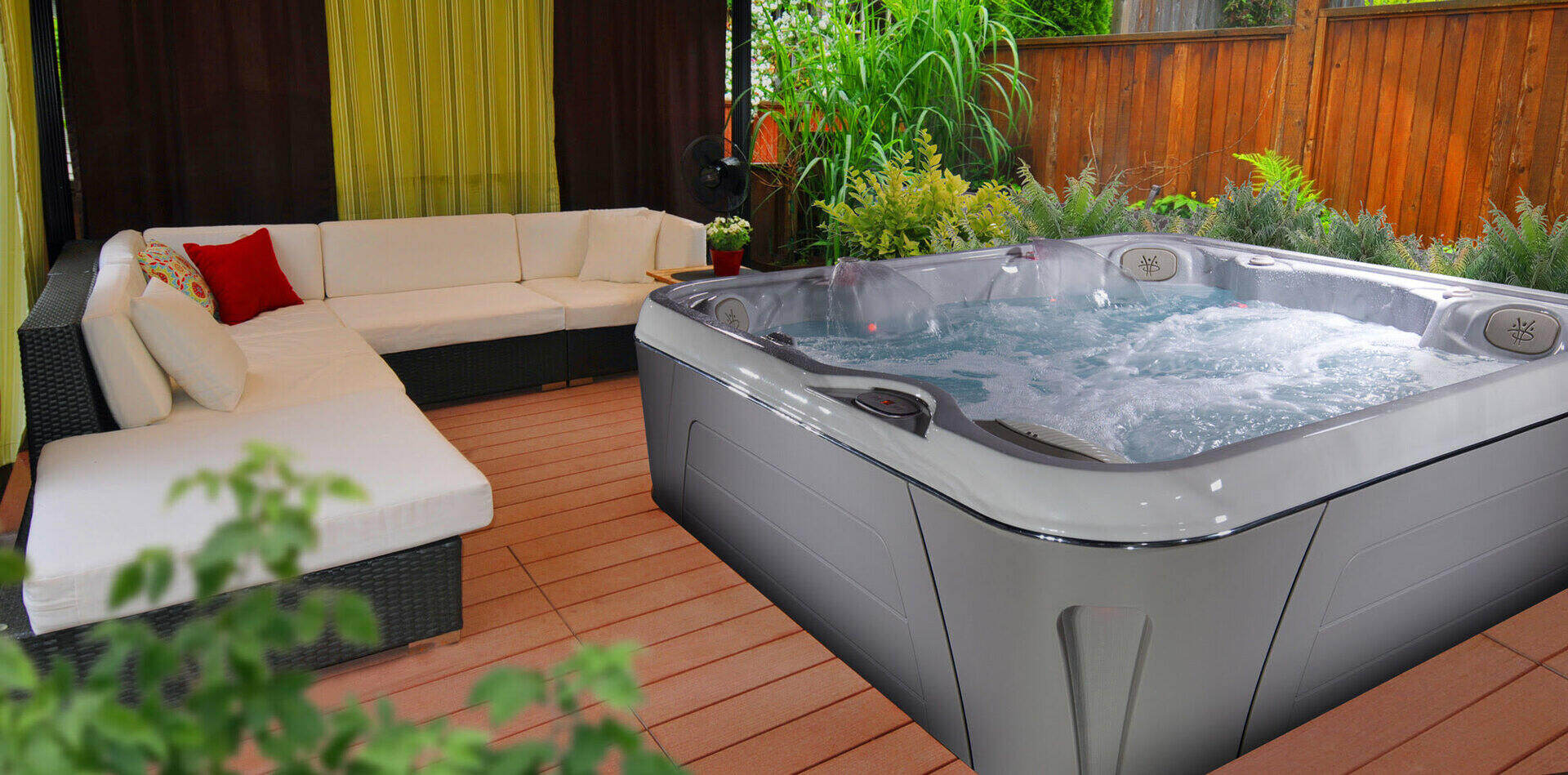
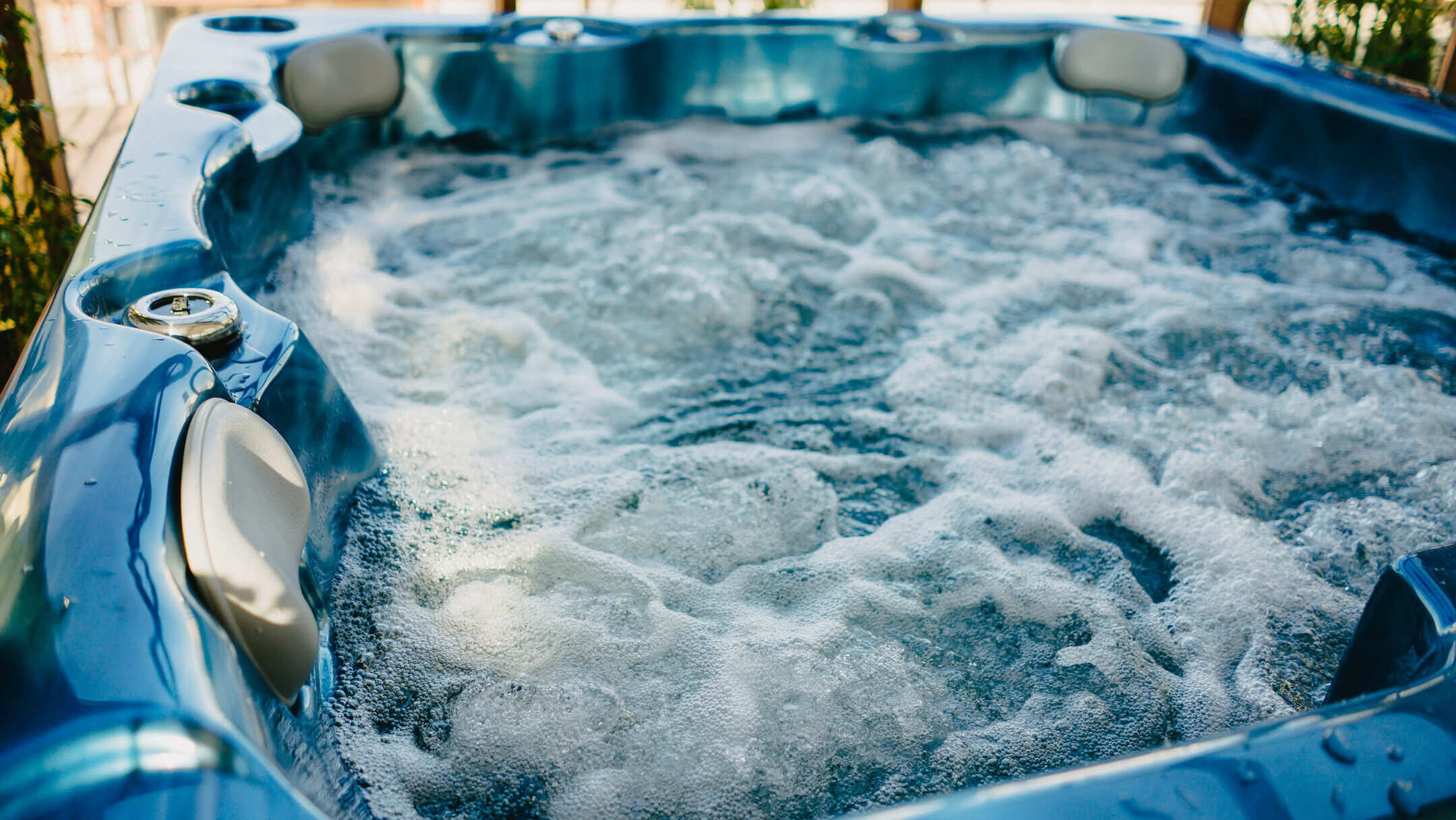

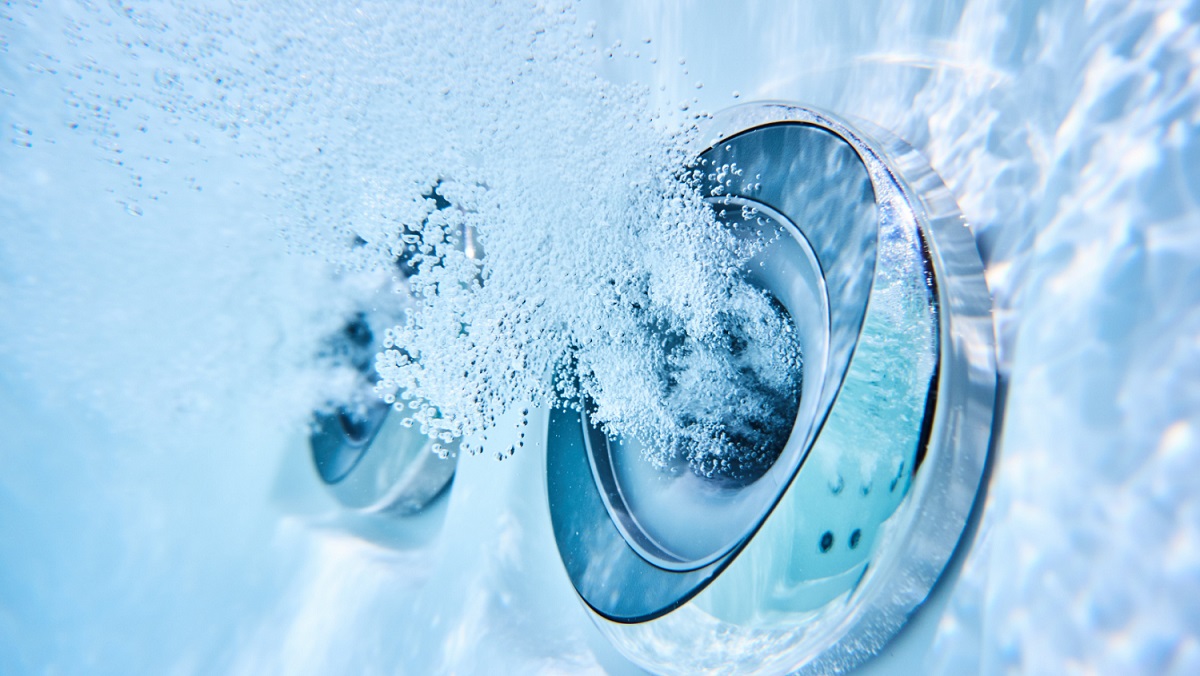
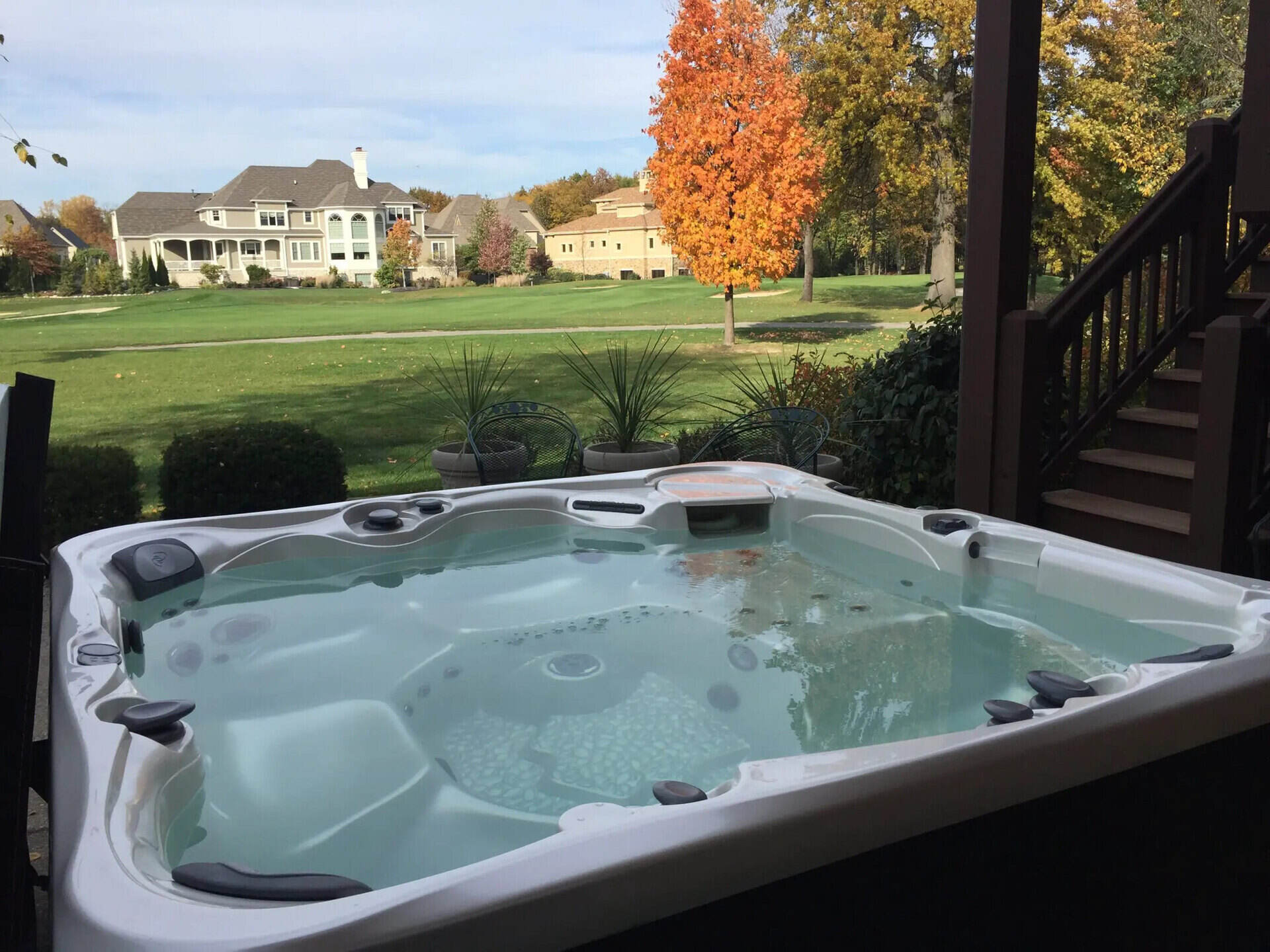
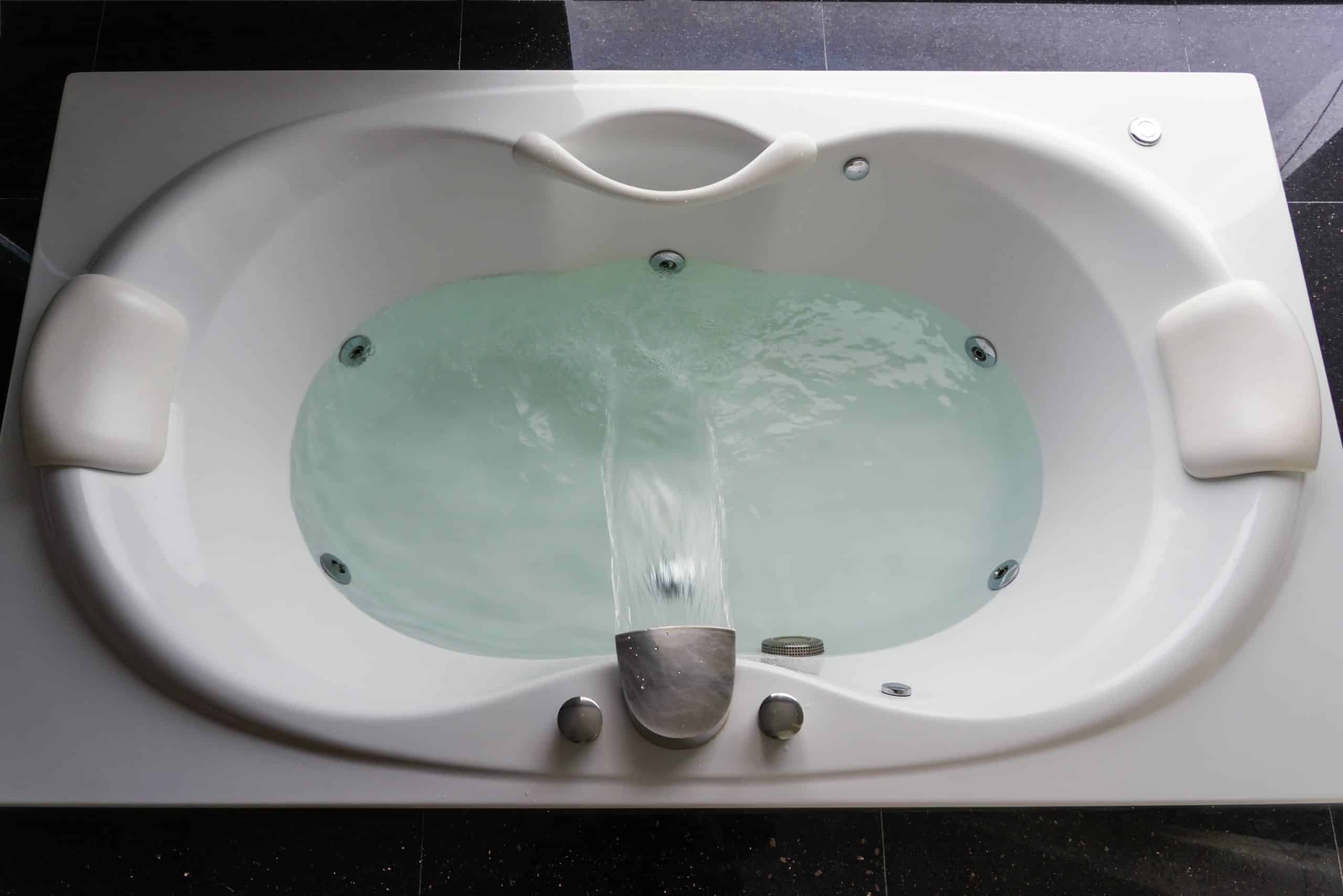
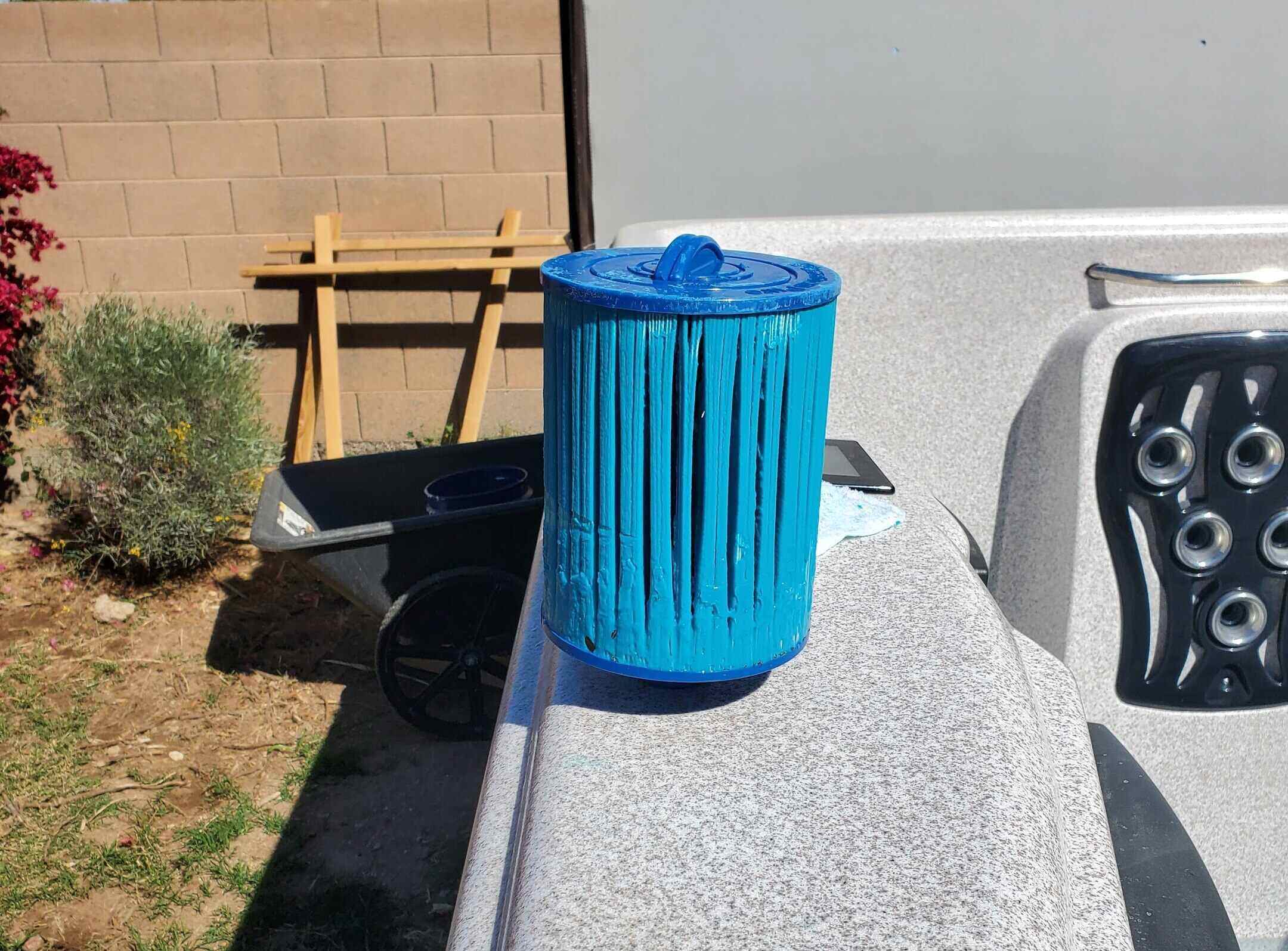
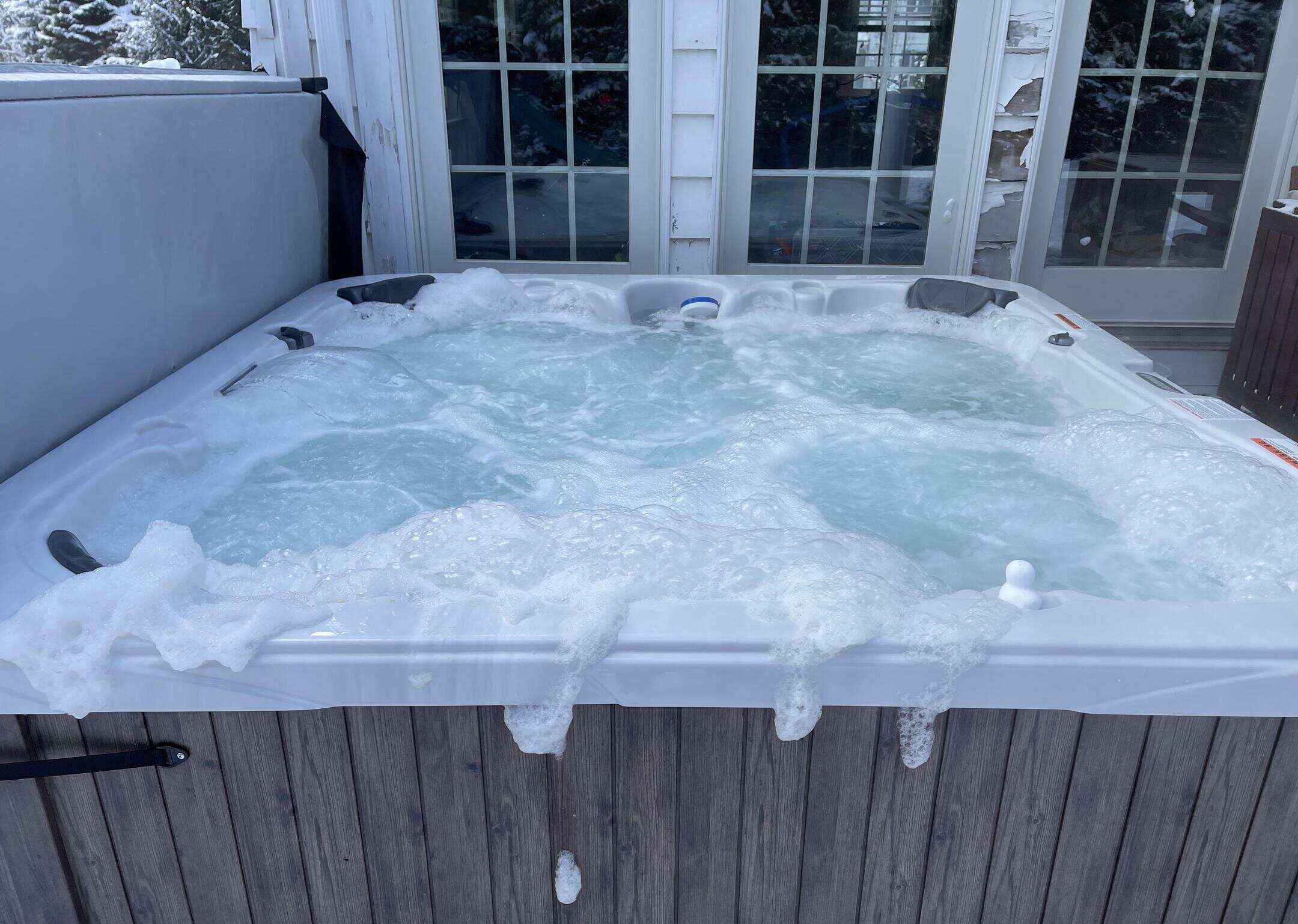




0 thoughts on “Why Is There Foam In The Hot Tub”